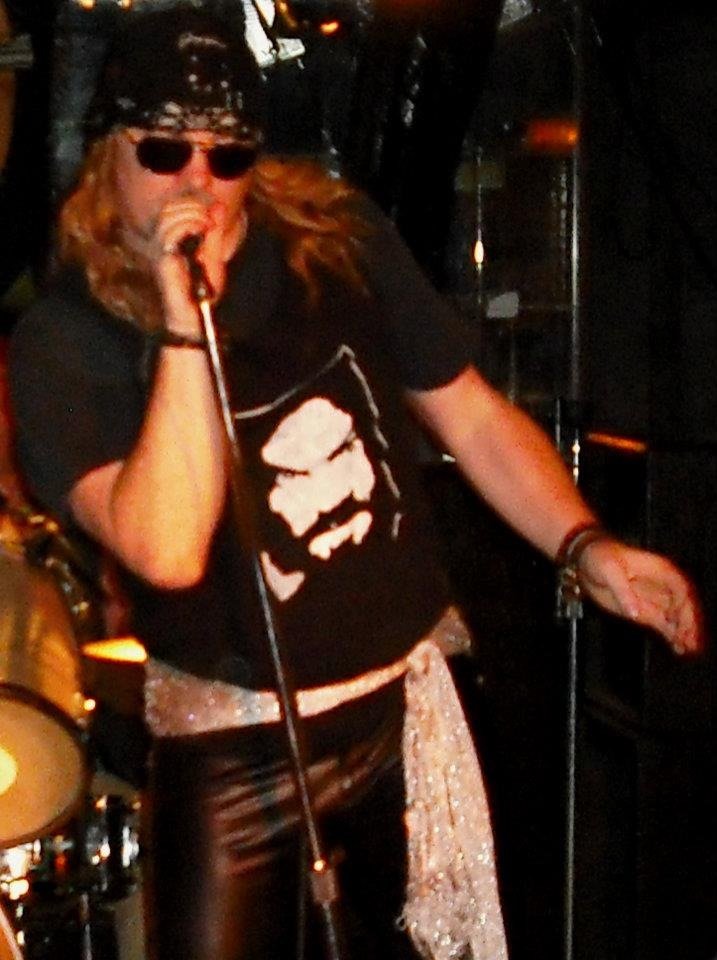By Michael Hoa, M.D.
From a young age, I enjoyed doing things with my hands, including making intricate models and playing the piano in church through college. My father was an engineer, and my mother was both a hospital dietician and financial analyst during her working career. In general, I come from a family of engineers (father, uncle, aunts, brothers).
At Boston University, I was enrolled in a combined bachelor’s medical degree program and spent a lot of time thinking about the area of medicine I would pursue. My first interests in medicine were sparked by my pediatrician, who examined all his patients with a head mirror. When I started medical school, I found another group of physicians, namely otolaryngologists, who used head mirrors, which was a common tool in my training but has become increasingly less common for our trainees.
Michael Hoa, M.D. (far left), was part of the 2019 cohort of the NIDCD’s Otolaryngology Surgeon-Scientist Program. Credit: Marleen Van den Neste
As I started my residency, I realized that I was fascinated by the medical challenges regarding our ability to hear and the relationship between hearing and balance. While my research training was under the mentorship of the late Neil Segil, Ph.D., who had an interest in hair cell regeneration, I was fascinated by hearing fluctuation—or what I have come to broadly term hearing instability—that I saw in clinical patients with Ménière’s disease and sudden hearing loss, for which we seemed to have little in the way of effective treatments.
The Surgeon-Scientist Route
While I was at both the House Clinic and what was then the House Research Institute, I had other mentors who encouraged my interest in studying Ménière’s disease including Rick Friedman, M.D., Ph.D., and Jennifer Derebery, M.D.
I was also fortunate to be co-mentored by Fred Linthicum, M.D., a giant in the study of the human inner ear, from whom I gained an appreciation for the value of temporal bone histopathology.
These early experiences led me to see that being a surgeon-scientist was the vocation I wanted to pursue, and that studying ways to restore hearing in patients whose conditions were clinically challenging was where I wanted to focus my time. I had also made contact with both Andrew Griffith, M.D., Ph.D., and Carter Van Waes, M.D., Ph.D., who had been developing a program to foster surgeon-scientists at the National Institute on Deafness and Other Communication Disorders (NIDCD).
During this time, the beginnings of single cell transcriptomics were beginning to take shape and opportunities to develop skill sets in these areas arose within the lab of Matthew Kelley, Ph.D., under whom I was initially mentored. Now I run the NIDCD’s Auditory Development and Restoration Program, where we study the connections between the inner ear and the occurrence and development of hearing instability disorders.
The lab’s approaches span the gamut of clinical investigations of patients with hearing instability to bench-based approaches to identifying involved inner ear cell types and mechanisms by which hearing instability might be reversed.
Observing and Practicing
One of the hallmarks of Ménière’s disease, a rare hearing and balance condition, is the presence of endolymphatic hydrops. This occurs when the scala media, the central compartment of the cochlea, swells or expands in relation to the other compartments of the cochlea—the scala vestibuli, above Reissner’s membrane, and the scala tympani, below the basilar membrane, respectively.
This observation suggested to me that the disease processes that regulate the ionic or fluid balance in the cochlea may be involved. This served as the genesis for my research group’s interest in studying cell types and mechanisms that regulate these processes in the cochlea.
I currently work with a mouse model with hearing fluctuation and have a clinical protocol that is performing deep phenotyping of patients with hearing instability, including patients with Ménière’s disease. We have identified possible avenues for treatment for a few patients as a result of this deep phenotyping trial, and we are developing a trial for treatments for patients with hearing instability.
I treat patients in Washington, D.C., at the MedStar Georgetown University Hospital, where I also direct the cochlear implant program. My focus in the clinic is on hearing loss and neurotologic diseases. Every day it is clear to me that the interplay between what we see in the clinic and how this informs the science, and vice versa, is so critical for bringing scientific advances to patients.
Michael Hoa, M.D., is an otolaryngology surgeon-scientist at the NIDCD in Rockville, Maryland, with a practice at MedStar Georgetown University Hospital in Washington, D.C. This appeared in the Spring 2024 issue of Hearing Health magazine. Please click here for references.






The causes behind residual hearing loss following cochlear implantation are complex and varied. Studies such as this one provide clues as to what to focus on in order to improve the acoustic experience of cochlear implant recipients.